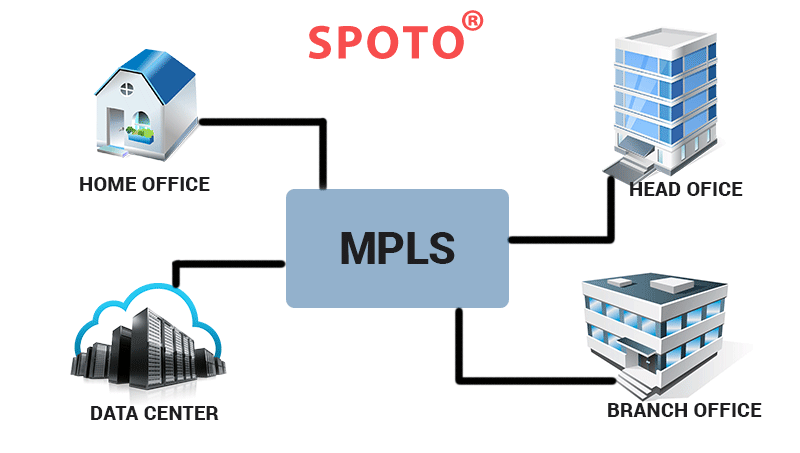Maybe you’re undefined considering upgrading your telecom infrastructure-maybe you’re undefined looking for better performance, more bandwidth, or more flexibility. This article provides you with the advantages and disadvantages of using MPLS network technology.
Multi-protocol Layer Switching(MPLS)is a scalable mechanism for high-performance telecommunications networks of organizations of all sizes.
Why should you choose an MPLS Network? Here is a quick list of all the different types of networks.
MPLS allows the interconnection of the network to grow while minimizing the addition of hardware. MPLS networks use communication over cloud-based networks, with each node connected to the network provider MPLS cloud. Unlike point-to-point connections that need to connect to router interfaces at both ends of the connection, MPLS allows you to add new remote connections without adding hardware to the main site. This can grow at a lower cost because once the network is in place, you do undefined have to add any hardware interfaces to the main site.
The benefits of the MPLS network are not limited to the scalability of the network. It also provides:
Improve uptime by providing alternate network path BookPromos_COVERS_Telecom. Increased bandwidth utilization allows multiple traffic types to traverse the network.
Reduce network congestion by leveraging optional traffic paths to avoid congestion.
Improved end-user experience allows multiple service categories to use different types of traffic, such as VOIP.
One potential drawback of MPLS is that operators must play a role in the configuration of the entire network.
If you are using static routes on the network, your provider will be responsible for routing data in its MPLS cloud. While using dynamic routing can be used in most cases, you need to remember that you and your provider must work together to route the MPLS traffic. If you want to fully control your network, MPLS may not be appropriate for you.
Another potential drawback of MPLS is security. MPLS networks do not provide any inherent data protection, incorrect implementation can make your network vulnerable to vulnerabilities. You should work with your provider to ensure that all devices and interfaces are fully strengthened to ensure your network security and minimize vulnerabilities. Standard central and branch networks provide one-to-one connections between sites, which provides higher security than MPLS. However, there are some ways to solve this problem by using encryption between connection routers and ensuring the enhancement of network devices.
If you are looking to implement a new network or upgrade an existing network, MPLS is your best choice. Are you looking for the highest standards of information to consider when designing a new network? Are you looking for help to determine whether to use T1 or DS3? If you have these or other questions, please click below to contact SPOTO for more information.

 Join Telegram Study Group ▷
Join Telegram Study Group ▷














